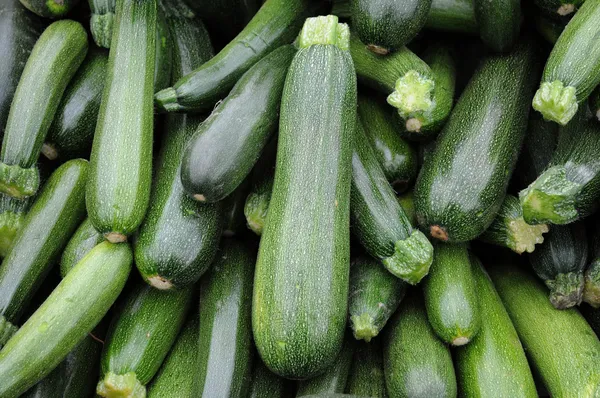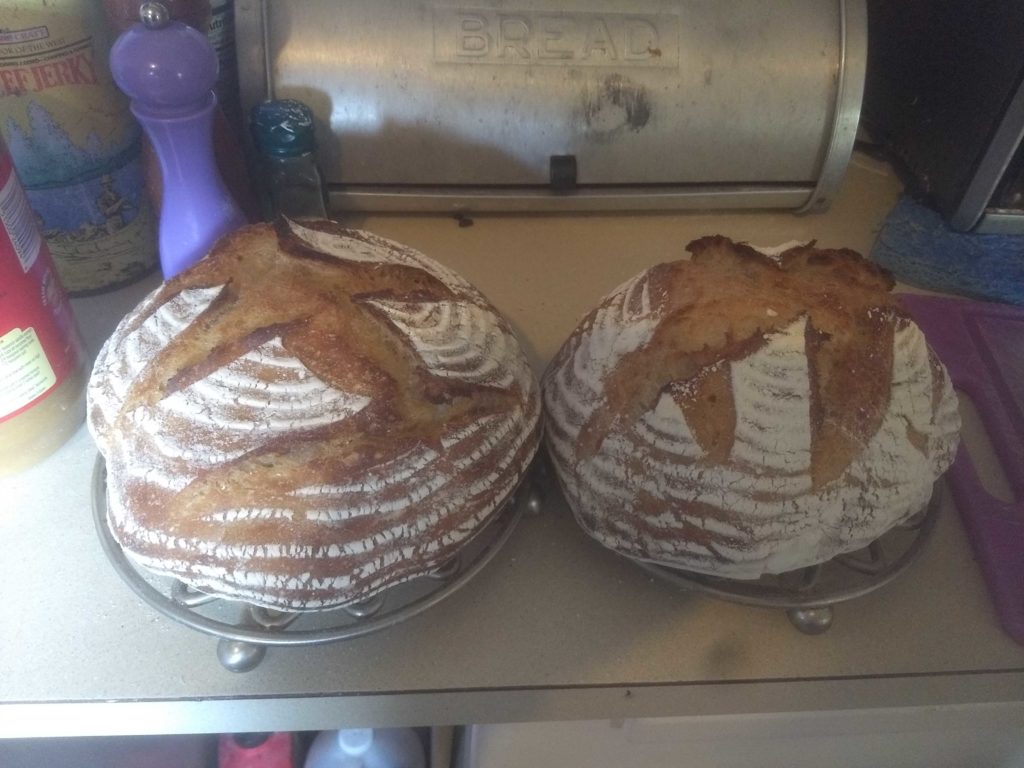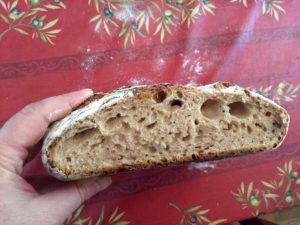
I’m not sure why people who don’t like zucchini grow so much of it. Is there a law that if you have a garden, you are required to grow zucchini in it? Is the human race so improvident it can’t absorb the information that a couple of zucchini plants are QUITE ENOUGH to supply a medium-sized family with zucchini for the season? Has the word of zucchini overreach, both in number and size, not been amply disseminated among the American people? I am 56 years old and since I was old enough to read newspapers, every August brings not only local tomatoes and zucchini and peaches to the temperate regions, but also multiple articles griping about zucchini excess. My very own neighbor once offered me “some medium-sized zucchinis” and then dropped by a bag containing four squashes the thickness of softball bats. We should declare Zero Zucchini Growth (ZZG) a national objective.
Oh yeah, you probably want some advice about zucchinis. Which I enjoy, because I don’t grow them. You too can enjoy occasional rather than epidemic zucchini.
- Don’t grow zucchinis. Farms and supermarkets exist.
- If you have to grow them, harvest them early. I know they hide behind their foliage and stealthily grow into zeppelins: get in there and move the leaves around to catch them before they can do that.
- If you already grew them, and you have the tender little zucchinis, you can do practically nothing to them. Thinly sliced zucchini sauteed in a pan with olive oil and a cut garlic clove is a perfect dinner side dish. Brown it a bit for the best flavor.
- Shredded, salted zucchini is a useful element in all kinds of dishes, as well as all by itself.
- Zucchini is disgusting raw. I will not be taking questions.
- If you have one of those god-awful huge zucchinis, and you don’t want to compost it, you can hollow it out, stuff it with its own guts plus a lot of cheese and garlic and crumbs, and bake it. This isn’t healthy at all, but it’s tasty in the way that anything else stuffed with cheese and garlic and crumbs is.
If you have lots of zucchini, and you haven’t tried shredding it (a food processor is easiest, but you can also grate it on the big holes of a box grater), here are some ideas. One of them is the Smitten Kitchen Zucchini Butter Pasta, which you should probably try even if it’s a bit fussy. It’s having a moment right now. I will comment that when I made it, the zucchini did not fully dissolve into anything resembling butter–or is that not implied by the name? I imagined a lake of green buttery sauce enveloping the pasta, which did not happen, but maybe it just means “sauce with zucchini and butter.” This is fine with me, because no one in my household screams at the sight of a zucchini shred. If you’re stealth-nourishing your small children it’s possible you want to grate it finer.
As the source for this recipe, Deb of Smitten Kitchen references a Julia Child recipe for grated zucchini sautéed with butter and shallots. This interested me, because my grandmother, a crony of Child’s who often used her recipes, regularly made a sautéed shredded zucchini recipe without any shallots at all. You can, of course, use any seasoning you like, but the grandmaternal ur-zucchini is seasoned only with salt, pepper, and nutmeg. If you haven’t had nutmeg in zucchini you should get on that. It’s also the best seasoning for green vegetables that go in quiche, and for grated zucchini that’s used as a lasagna layer (see below). Trust me, it’s up there with tarragon and chicken as an unexpectedly magical combination.
To make the simple sauté, you just need to:
- Grate three small or one large zucchini into a colander (in the sink, it should go without saying, if you don’t want a counter flood).
- Salt it with a heavy hand and toss it around.
- Leave it for 30 minutes, then pick up handfuls and squeeze out the moisture. I used to faithfully put a weighted plate on top, but it’s unnecessary. You want the squeezed handfuls to be able to form a cohesive ball on one side of the colander.
- Melt a couple of tablespoons of butter in a big skillet and saute the zucchini shreds for about five minutes. Season with nutmeg, salt, and pepper. (You can use olive oil, but butter is better.)
To make the lasagna layer, just replace whatever layer you were going to put in your lasagna with the shredded, uncooked zucchini, sprinkling it (as above) with salt, pepper, and nutmeg. It will cook as your lasagna cooks.
I’m not going to tell you how to make zucchini bread. First of all, every goddam newspaper column on the subject suggests this. Second, zucchini bread doesn’t use more than a couple of cups of zucchini. I mean go there if you want, but you’re really just making muffins, not disposing of significant zucchini, and zucchini bread doesn’t even taste like zucchini. It is also an inferior alternative to pumpkin bread.
Now stop growing zucchini. Really. And then we can start treating it as a pleasant and desirable vegetable companion rather than an invasive species.


